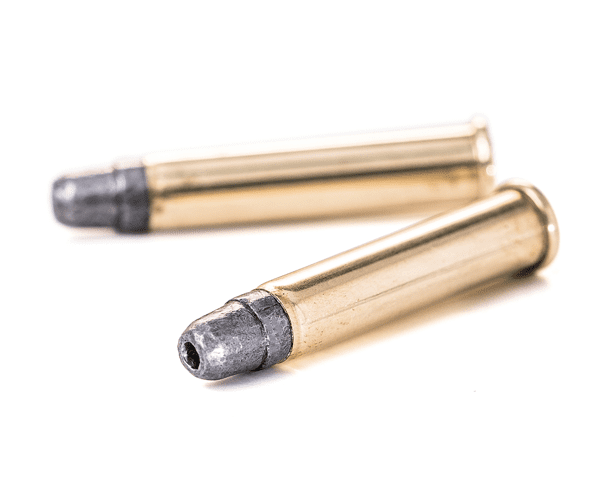

Subsonic 9mm ammo, on the other hand, sounds significantly better because that sharp crack is eliminated.Īnother thing I, personally, recommend is to try a suppressed. In those cases, a supersonic round is still hearing safe for home defense scenarios - but it's just a little to loud to be comfortable for most people at the range. On the other hand, there are some weapons that ride the line of what's comfortable - like a 9mm pistol.

On top of that, you'll see reduced recoil, better accuracy, and increased velocity/range when using a suppressor - so there isn't much downside. 338 Lapua become extremely comfortable to shoot with a good suppressor. It's amazing how quiet a good suppressor really is! Even high-power rounds like. 308 is completely comfortable for most people when using a bolt action rifle. In those cases, the supersonic crack is still far below the 'comfort threshold' - so it's possible to enjoy hunting or shooting without hearing protection.įor example, shooting a full-power. When using a suppressor, you should still use your preferred ammunition so you don't get substandard results - and you'll still be protecting your hearing & situational awareness in the process.Ībsolutely, yes! Some of the most enjoyable rounds to shoot suppressed are supersonic.

There are lots of factors that impact how loud the supersonic crack is but, in most of our testing we've found it isn't very loud compared to the report of the firearm. Many hog hunters will point out that although the hogs can definitely hear the crack, they don't know where to run when using a suppressor. Unlike the report of the firearm, which has a very specific origination point, the supersonic crack actually originates along the entire path of the bullet - as long as it's traveling faster than the speed of sound.īecause the supersonic crack is traveling with the bullet, it can't be localized the same way a typical gun shot can. At that speed, the pressure waves can't get out of the way fast enough - and they merge together as a 'crack' that travels away from the bullet at the speed of sound. While this pressure wave is created at any speed, it becomes noticeable as a 'crack' once the bullet surpasses the speed of sound (which is approximately 1125 feet per second). Essentially, the air has to move out of the way so rapidly that it's forced to be temporarily compressed. When people first start learning about suppressors, one of the first 'facts' they learn is typically that you can't suppress supersonic ammunition.Īfter a bullet is fired, it creates pressure waves as air is displaced along its path.


 0 kommentar(er)
0 kommentar(er)
